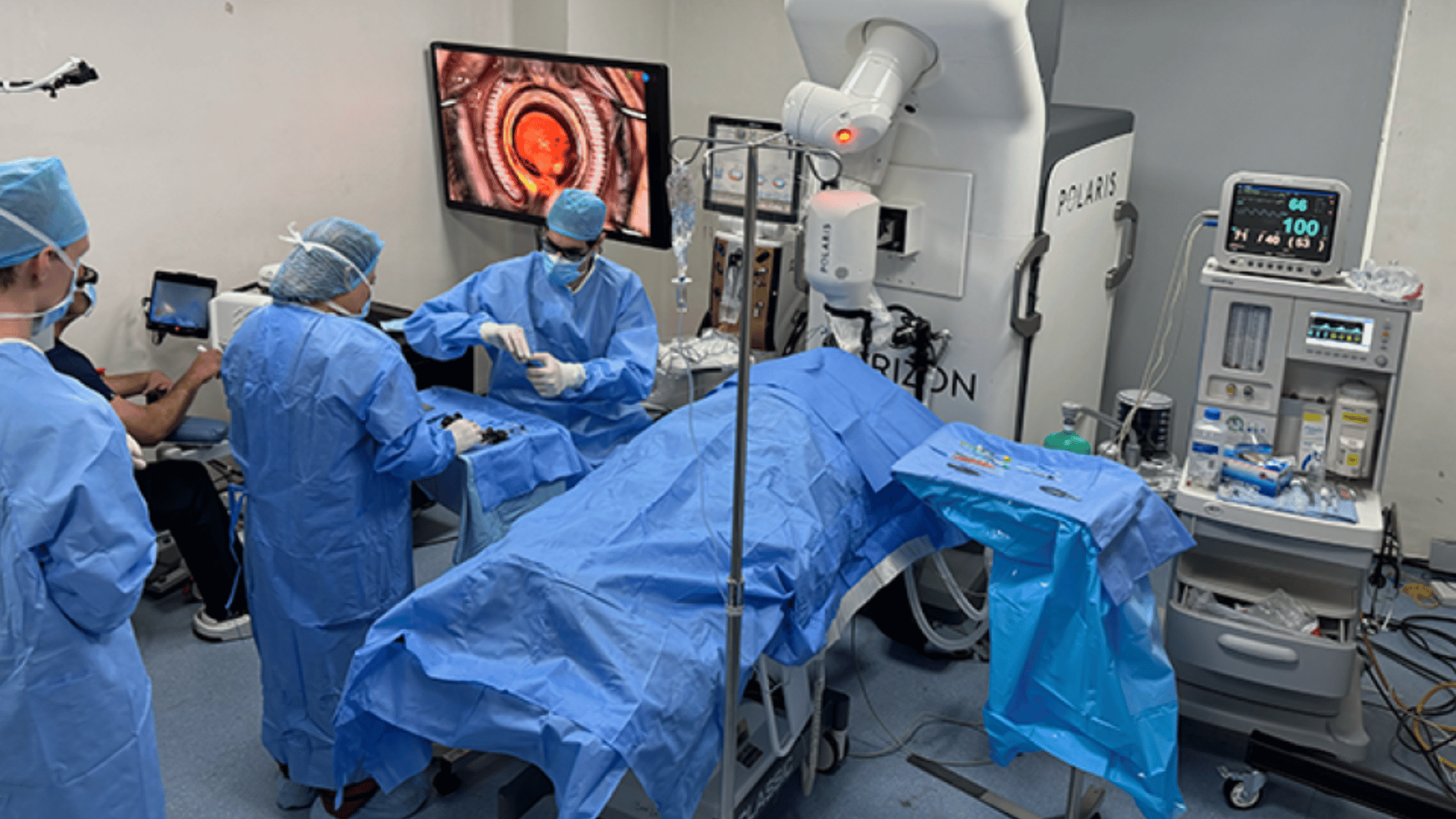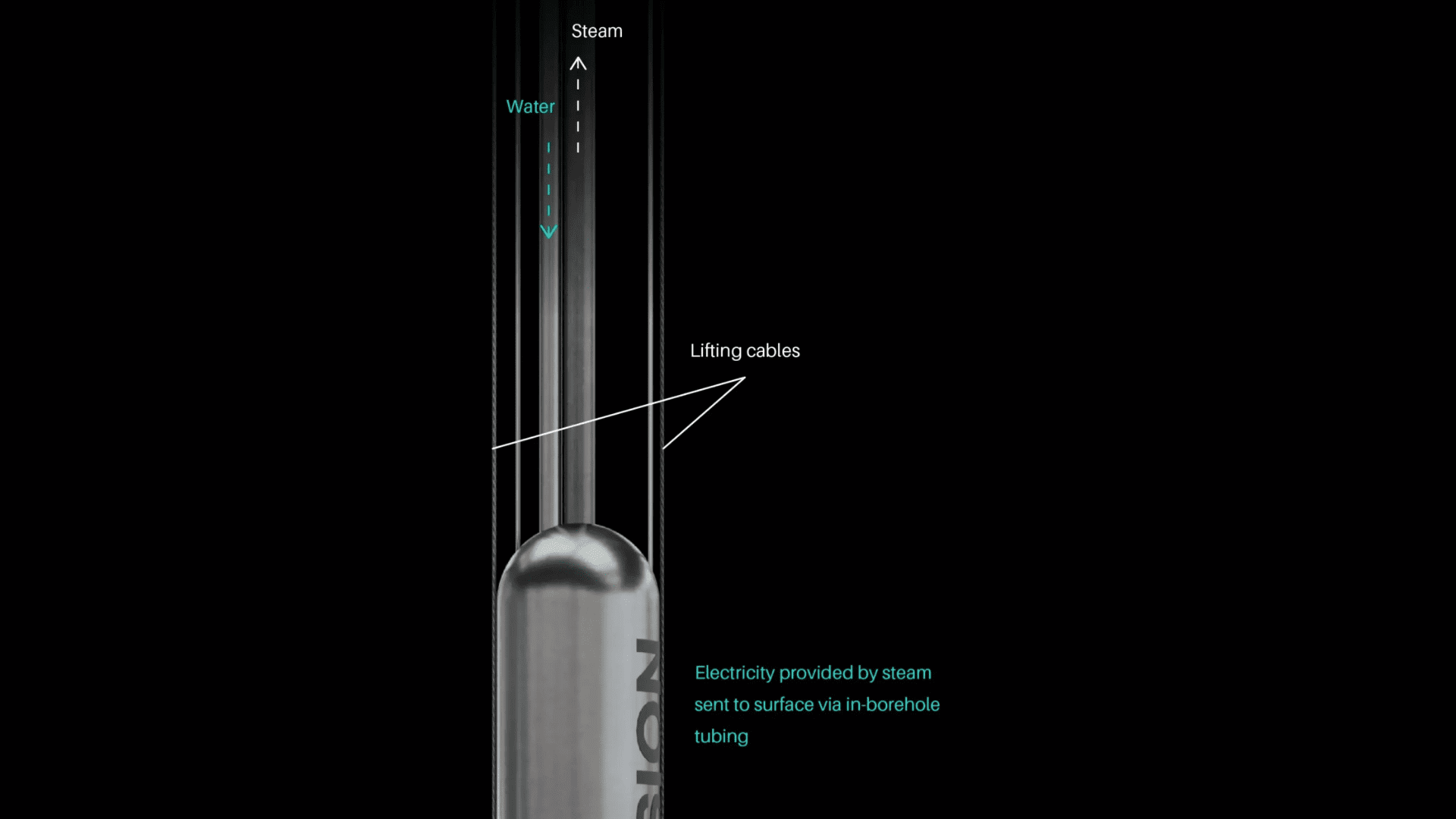What do school districts, supermarkets, and hospitals have in common? The answer, as we’ll soon discover, is much more straightforward than you may think. For cyber attackers, these locations represent lucrative targets – opportunities for bad actors to get in and wreak havoc, whether it’s disrupting computer networks, holding devices hostage, or simply causing as much distress as possible.
For network administrators and other security professionals, these locations represent one battlefield in a long line of cyber conflicts, where qualifications such as a Master of Cyber Security are empowering the next generation of security professionals to protect today’s sensitive infrastructure.
New security techniques, such as behavioural biometrics, hold immense promise as tools in the fight against bad actors. What opportunities and risks do these bring to end users? Could they make a difference in protecting our networks from hackers and other bad actors? Let’s explore.
An Evolving Cyber Landscape
Cybercrime is a lucrative business. As more and more of us become fully immersed online, we become increasingly vulnerable to the actions of bad actors. Consider this: When you were younger, it was difficult to get hold of your personal information. You may have only had a few online accounts, or perhaps you weren’t particularly engaged online.
Today, it’s much more likely that you’ve got multiple online accounts – social media, banking, shopping websites, forums, and so on. While not all these places may contain your personal details, just one leak can help hackers collate critical documents such as driver’s licenses, contact information, or healthcare info.
Criminals are getting smarter – even the not-very-smart ones. In 2023, a twenty-year old scammer was sentenced to a community corrections order for attempting to scam nearly 100 Optus customers. The scary thing? This was a crime of opportunity – a scammer using the data of victims published online to try and make a quick buck. It highlights just how criminals are evolving – and how the cyber landscape is evolving in new ways.
When A Password Isn’t Enough
Increasingly, it’s becoming evident that passwords are no longer enough to protect against malicious actors. Passwords may actually be part of the problem. With billions of passwords being leaked regularly, and password reuse being widespread, it’s clear that cyber threats are more than just external attackers – it’s how we, as tech end users, respond to security concerns.
With passwords becoming easier to obtain than ever, IT teams need to adopt new and innovative ways to tackle the cyber threat facing modern corporations. While some are adopting new technologies such as passwordless accounts, even those are fast becoming under threat. Could behavioural biometrics provide the solution to this emerging problem?

Behavioural Biometrics – An Emerging Security Tool
A recent and fast-evolving field in information security is the role of behavioural biometrics. While device-based biometrics such as fingerprint and optical scans are used in many modern smartphones, behavioural biometrics offer a new way for IT teams to identify suspicious or unusual behaviour.
There are three main types of biometric data: morphological, biological, and behavioural information. Morphological data, which focuses on physical characteristics, has been widely adopted in smartphones over the past decade.
Biological biometrics take a different approach – they look to use biological data, such as DNA and blood, to identify you. This has largely been left to the realm of science fiction films, such as the 1997 drama Gattaca, where genetic materials are used to validate the identity of employees, and genetic discrimination is rampant.
Behavioural biometrics are quite different from biological and morphological biometrics. Where biological and morphological biometrics require physical evidence of biological data, such as fingerprints or blood samples, behavioural biometrics is much more passive.
In fact, behavioural biometrics tries to recognise behavioural patterns unique to every person, such as the subtle nuances that someone may demonstrate when writing or speaking. By using metrics such as how you type, interact with touch screens, or move a mouse, behavioural biometrics can help map out your digital identity, far beyond the capabilities of passwords and traditional multi-factor authentication.
Critics Call Out Key Risks
While behavioural biometrics has the potential to transform security, it’s not without challenges. Many commentators have noted the risks of storing biometric data – after all, if storing passwords is unsafe, surely biometric data would present yet another lucrative data source for hackers and scammers to access?
A recent study by the European Parliament identified several ethical implications of using biometric data, including the misuse of behaviour biometrics to create increasingly realistic doppelgangers and spoofs, highlighting not only the opportunity that behavioural biometrics brings, but also the extent to which it could be subject to misuse.
In an increasingly threatened world, information security professionals must find new ways to protect valuable client data. Behavioural biometrics presents a compelling opportunity for cybersecurity professionals – could they be the answer to today’s security problems?
This is a sponsored post by Dlinx. All reviews and opinions expressed in this post are not based on the views and opinions of Tomorrow’s World Today.







